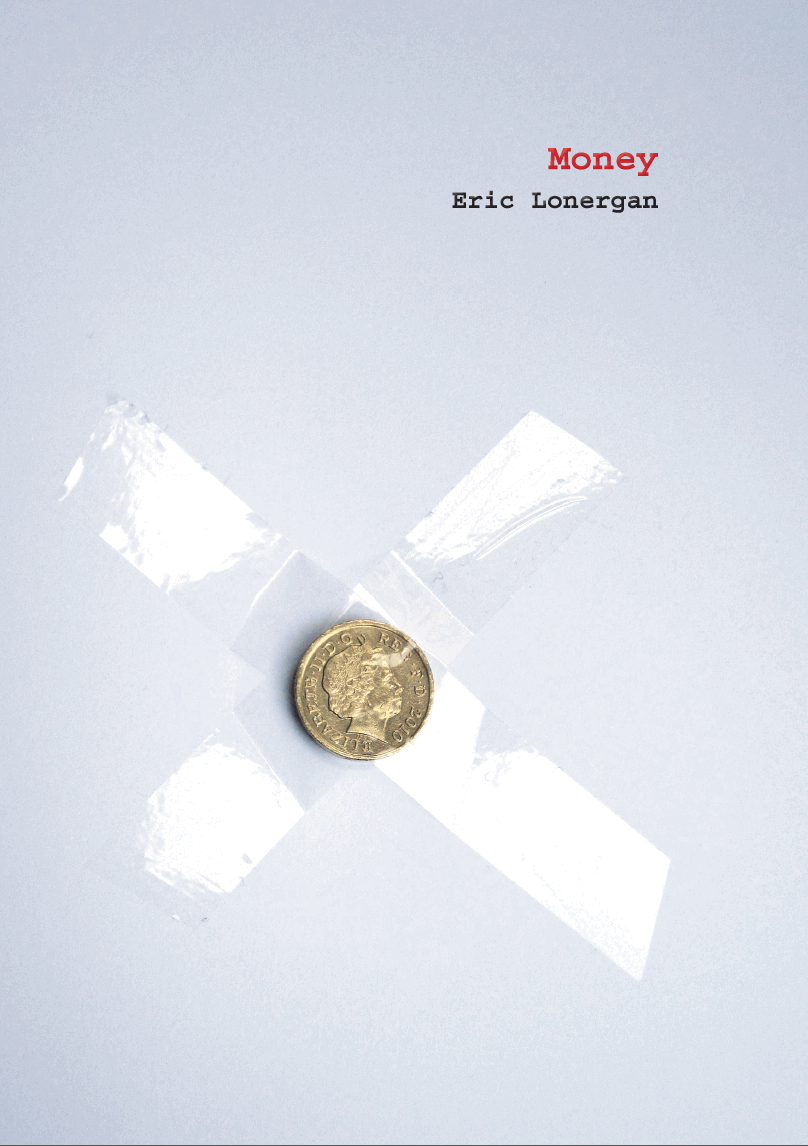Money’s allure
Pokémania:
Whoever created Pokémon cards was a strange genius. He identified the necessary properties of money and created his very own printing press. The cards can be used to play a board game, but in practice they are just collected by children, and are a form of private money. I became aware of this when my daughter informed me that children exchange food at lunchtime, or toys, for Pokémon cards.
If we are honest, we can relate to children’s vulnerability to the peculiar allure of valuable pieces of paper. A freshly printed note can have a similar effect: the quiet pleasure of the ATM.
Conquistadors and Indians
Money’s attraction is hard to pin down. It is not aesthetic, and cannot be explained just by money’s usefulness. It is surely a consequence of all of money’s properties, but also something independent.
The various forms of freedom that money make possible can be seen as less obvious forms of the insurance that money provides. But the allure of money runs deeper than this. Monetary value lies not in usefulness but in scarcity. We experience awe when we encounter rarity, even useless or valueless rare things. Perhaps evolution has taught us that something useless today could be useful tomorrow, so a rare object is like a patented technology whose time is yet to come; after all, human beings will even preserve rare bacteria. A rare object has option value. The more unique it is, the higher the option value.
Religion has formalised this instinctive attraction to rare and valuable things, and very often creatively developed and used it. Émile Durkheim defined religion using the distinction between the sacred and the profane. Sacred objects or texts are typically rare and often precious. Places of worship are often beautiful. The use of blessings in religious contexts to render the commonplace unique is an inspired device. Holy water is the ultimate transformation of something plentiful and costless into something rare and special.
The theme of time and money is discussed in more detail in Money (Acumen Publishing)
Also recommended:
Becker G.S., Murphy K.M. and Werning I., “Status, lotteries and inequality”. May 2000.


Leave a Reply